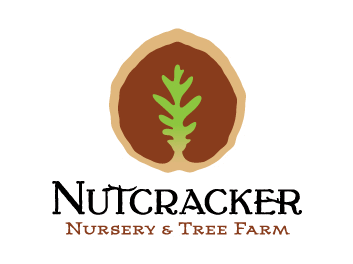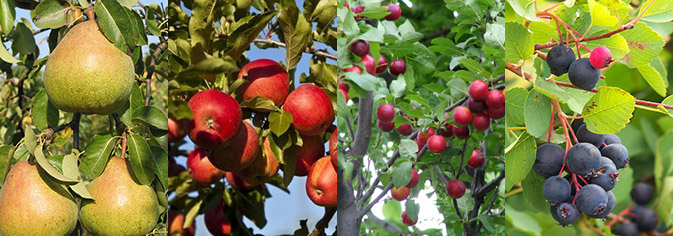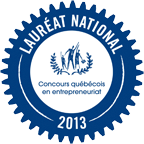











Apricot (Berries, minor fruits and fruit trees)
We offer several cultivars of apricot trees for zones 3 to 5 which are the best in our climate.
For U.S customers: Sorry, the majority of the fruit trees cannot be shipped to the United States due to restrictions by Agriculture Canada and USDA.
Choose another category:
25 to 50 = 5%
51 to 75 = 10%
76 to 150 = 15%
151 to 350 = 20%
351 and more = 25%
Discount from 30% to 40% for large quantities... request a quote by email
Ideal for pot culture in colder zones like 3a-3b. Protect from the cold. Suitable for zone 5a on the ground in full sun. Goldrich fruit are large and oval, with firm, deep orange flesh and a fine texture, and has good flavour and quality. Goldrich trees are vigorous and productive. Only partially self-fertile and... more
Ideal for pot culture in colder zones like 3a-3b. Protect from the cold. Suitable for zone 5a on the ground... more
Not available
Zone: 4 – 9 Pollination Group: 2 Ripens: Beginning of August Fertility: Self pollinating Skin Colour: Dull orange Flesh: Orange. Firm and smooth. Freestone. Flavour: Excellent flavour Usage: Best for fresh eating Storage: 4 – 7 days Notes: Thin the crop for larger fruit size.
Zone: 4 – 9 Pollination Group: 2 Ripens: Beginning of August Fertility: Self pollinating Skin Colour:... more
Not available
Zone 4b An early apricot that ripens 4 days after Harcot, probably late july depending on your climatic zone. The fruit is attractive, red blush over half the fruit, oblong, medium size, very good flesh quality and freestone. The fruit has firm flesh and is moderately resistant to bacterial spot and skin cracking.... more
Zone 4b An early apricot that ripens 4 days after Harcot, probably late july depending on your climatic... more
Zone: 5 – 9 Pollination Group: 2 Ripens: End of July Fertility: Self pollinator Skin Colour: Bright orange Flesh: Good quality. Juicy. Freestone. Flavour: Juicy. Good flavour. Usage: Good for fresh eating, drying, and canning Storage: 4 – 7 days
Zone: 5 – 9 Pollination Group: 2 Ripens: End of July Fertility: Self pollinator Skin Colour: Bright... more
Not available
Zone 4b Harogem is a Canadian variety that crops in early July in southern Ontario. Regular high productivity of medium-sized red fruits. Flesh is sweet and freestone, juicy and aromatical with good firmness. The fruit is ideal for fresh consumption and market sale. The tree is medium vigor, nearly upright.... more
Zone 4b Harogem is a Canadian variety that crops in early July in southern Ontario. Regular high... more
Not available
For zone 4-5 Self-fertile, but benefits from cross-pollination with another Apricot. History : Montrose's parent tree was discovered growing in Montrose, California, by Lloyd Rosenvold after he purchased the land in 1952. He was surprised to find a large apricot tree growing quite high up on a hill in... more
For zone 4-5 Self-fertile, but benefits from cross-pollination with another Apricot. History... more
Not available
For Zone 4 This prairie cultivar has hardy flower buds and produces large, golden, freestone fruit. Used as boulevard trees in Edmonton – and have historically done fabulously in the area. Requires a second apricot for cross-pollination. PARENTAGE: Scout x McClure FRUIT COLOUR: Golden Yellow FRUIT SIZE:... more
For Zone 4 This prairie cultivar has hardy flower buds and produces large, golden, freestone fruit. Used... more
1X Frost Peach or Hardy Red Nectarine 1X Puget Gold Apricot 1X Stella Cherry or Lapin Cherry 1X Italian Prune
1X Frost Peach or Hardy Red Nectarine 1X Puget Gold Apricot 1X Stella Cherry or Lapin Cherry 1X... more
Not available
A promising new apricot variety for us. Very cold hardy and late blooming, which improves the chance of a crop in our climate. Small (3-4 cm) fruit with sweet flavour.
A promising new apricot variety for us. Very cold hardy and late blooming, which improves the chance of a... more
Not available
An apricot variety that can withstand cold winters -30°C . Researchers bred this tree in Michigan’s snow belt, so you can depend on its hardiness, vigor and production consistency, even in areas with lower-temperature climates. The fruit has a deep, tangy flavor — perfect for fresh eating or canning.... more
An apricot variety that can withstand cold winters -30°C . Researchers bred this tree in... more
Not available
Ideal for pot culture in colder zones than 4b-5a. Self-fertile, but benefits from cross-pollination with another Apricot. Tree selected from Canada. Frost hardy late bloom. Resists brown rot and perennial canker. Medium to large fruit with sweet, juicy, rich flavor - one of the best. hardy in zone 4b but we... more
Ideal for pot culture in colder zones than 4b-5a. Self-fertile, but benefits from cross-pollination with... more
Zone 4b / limited supply Harglow Apricot is a very late-blooming and productive Canadian variety well suited to areas with late frosts. A proven winner in the Northwest for its resistance to perennial canker and brown rot, Harglow produces medium sized bright orange fruits with orange freestone flesh. Very... more
Zone 4b / limited supply Harglow Apricot is a very late-blooming and productive Canadian variety... more
Not available
Zone: 4 – 9 Pollination Group: 2 Ripens: Beginning of August Fertility: Self pollinating Skin Colour: Dull orange Flesh: Orange. Firm and smooth. Freestone. Flavour: Excellent flavour Usage: Best for fresh eating Storage: 4 – 7 days Notes: Thin the crop for larger fruit size.
Zone: 4 – 9 Pollination Group: 2 Ripens: Beginning of August Fertility: Self pollinating Skin Colour:... more































